Policing in the U.S. is a highly politicized issue with a history intertwined with racial and class-based struggle. During the summer of 2020, no issue was debated more than the subject of defunding the police. The phrase “defund the police” (DTP) became a rallying cry for the progressive left. Yet, while the movement gained considerable news coverage, the two major political parties, media, and major presidential candidates labeled defunding the police as an unrealistic demand.
This mischaracterization of the movement is not based on fact but rather fear. In this article, we address seven common myths associated with the campaign with the goal to demonstrate that while some have labeled it a radical movement, the DTP philosophy is based on well-researched, evidence-based positions.
Myth #1: Defund Means Abolish
One of the most misleading critiques of the movement is instigating defund means abolish. Opposers claim the movement undermines public safety through its efforts to end policing. The truth: the movement seeks to demilitarize police departments and reallocate funding to trained mental health workers and social workers to reduce unnecessary violent encounters between police and citizens. At least 13 cities in the United States have currently engaged in policy programs to defund the police.
Myth #2: Defunding Will Lead to Disorder
Another misconception is that police forces are what maintains order. However, studies have found that the best tools to establish peaceful societies are equity in education and infrastructure. Indeed, research shows that lack of education and illiteracy are some of the most significant predictors of future prison populations.
Myth #3: Police Protect the Public From Violence
Critics of the police movement assert that we need heavily funded and armed police forces to protect the public from violent criminal elements. However, there isn’t sufficient data to support that position. In fact, research has found that the police don’t have a notoriously efficient track record of solving violent crime. Further, what the research does show is that 70% of robberies, 66% of rapes, 47% of aggravated assaults, and 38% of murders go unsolved each year.
Myth #4: Community Programs Won’t Work
While much of the available research contradicts the narrative that policing is essential to eliminating crime, substantial evidence shows that investing, developing, and supporting education and economic programs do, in fact, lead to less offenses and create more social harmony. Education has long been viewed as the great equalizer. Data supports the position that individuals that receive a quality education are less likely to become involved in the criminal justice system.
Myth #5: Most Police Work is Focused on Crime Prevention
There is minimal evidence that police surveillance results in reduced crime or prevents crime. For instance, research showed 90% of the people that were stopped in the NYPD’s controversial stop and frisk program were not committing any crime. While it is true that police do apprehend individuals that violate the law, this is one of several components of their responsibilities.
Myth #6: Police Officers Do Not Need College Degrees
Research shows police officers that have at least two years of a college education are less likely to have misconduct complaints and less likely to use force to gain compliance. And, officers with only high school diplomas account for 75% of disciplinary problems. The evidence shows reform efforts should not ignore the application pool crisis and law enforcement departments should instill more robust higher education standards.
Myth #7: Defunding the Police is a Knee-Jerk Reaction With No Research
Some opponents of cutting police budgets view the movement as an emotional response to police misconduct rather than a well-thought-out campaign. However, a study with 60 years of data indicates that increases in spending do not reduce crime. Which begs the question, how is 60 years of a failed objective any better? Yes, the movement gained attention because of tragic events in 2020, but the evidence supporting the movement is based on hard data and proven methods.
Police reform is long overdue, and we have had thousands of opportunities to make the appropriate changes. In 2020, the murder of George Floyd garnered national attention that has caused many to take a long, hard look at our democratic systems, cultural identities, and the necessary steps towards equal protection. We do know that more traditional policing is not the answer.
No matter what we choose to call it, defund the police, a reallocation of funding, or a total reimagination, research supports a public health approach to policing. If we are effective, funding public health approaches will reduce the reliance on law-and-order policing, save lives and reverse the longstanding slide in the wrong direction. Police must be the last resort, used only when necessary to protect the public from harm. Until then, municipalities will need to prepare for the impact of increased police accountability and transparency. Ultimately the rising costs associated with police misconduct will force police reform, a cost that would have been much cheaper had we listened to those groups most impacted by aggressive policing. To see real change in our society, policymakers must remove the barriers and fund necessary programming. We need not raise taxes. We simply need to be smart and follow the science.
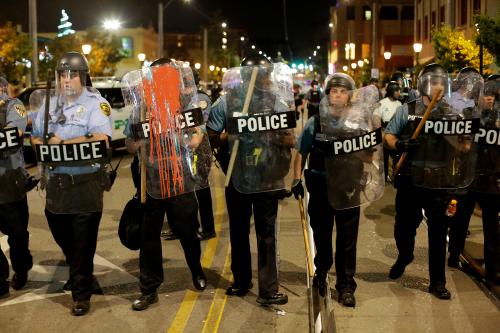
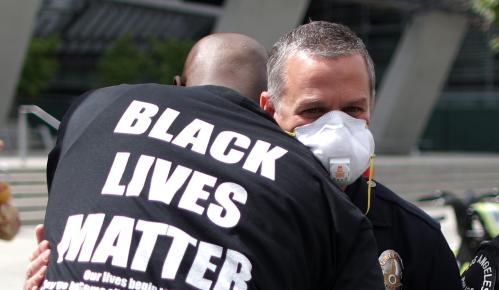
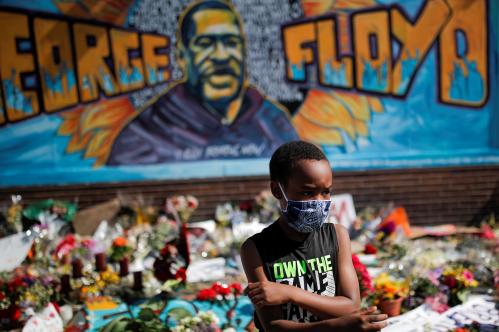


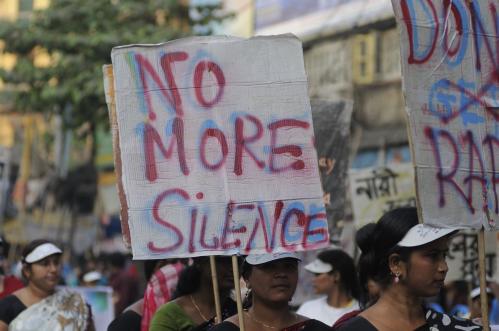
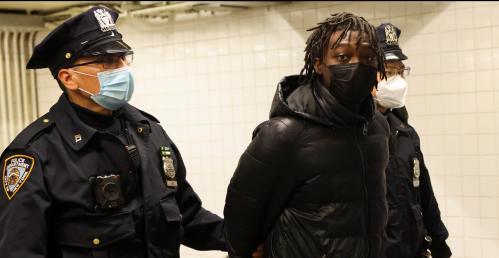

Commentary
7 myths about “defunding the police” debunked
May 19, 2021